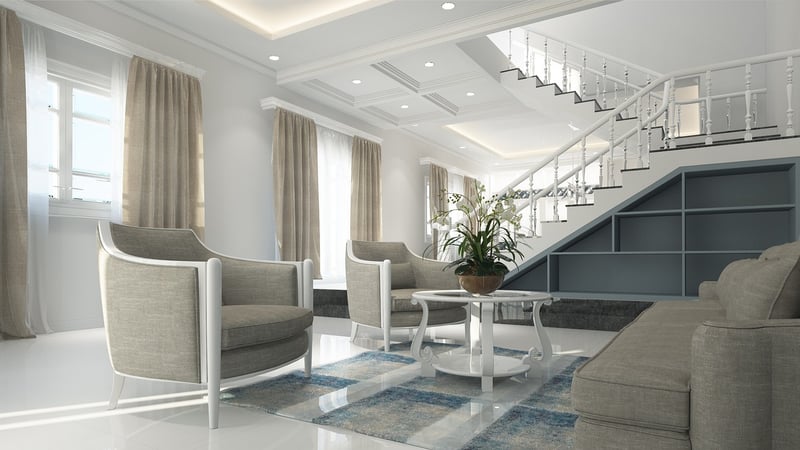Biophilic Design
The Impact of Biophilic Design on Creating Environmentally Conscious Spaces
In recent years, the concept of biophilic design has gained significant attention for its ability to create spaces that not only look aesthetically pleasing but also contribute to a more sustainable and environmentally conscious way of living. Biophilic design focuses on incorporating elements of nature into architecture and interiors, fostering a deep connection between humans and the natural world.
Benefits of Biophilic Design
There are numerous benefits associated with biophilic design, including:
- Improved air quality: By including natural elements such as plants and green walls, biophilic design can help improve indoor air quality, creating a healthier living environment.
- Stress reduction: Studies have shown that exposure to nature and natural light can help reduce stress levels and promote overall well-being.
- Increased productivity: Incorporating biophilic elements in workspaces has been linked to higher levels of productivity and creativity among employees.
- Sustainability: Biophilic design encourages the use of sustainable materials and energy-efficient practices, contributing to a more eco-friendly way of living.
Examples of Biophilic Design Elements
Some common elements of biophilic design include:
- Large windows that provide natural light and views of nature.
- Indoor plants and living walls that bring the outdoors inside.
- Natural materials such as wood, stone, and water features.
- Biomorphic shapes and patterns inspired by nature.
Implementing Biophilic Design in Your Space
If you're interested in incorporating biophilic design principles into your home or workspace, consider the following tips:
- Introduce plants: Adding indoor plants is one of the easiest ways to bring nature indoors and improve air quality.
- Maximize natural light: Make use of natural light by incorporating large windows and skylights into your design.
- Use natural materials: Opt for sustainable materials such as bamboo flooring, reclaimed wood, and stone countertops.
- Create outdoor spaces: If possible, create outdoor areas such as gardens or green roofs to connect with nature.

By embracing biophilic design principles, you can create spaces that not only look beautiful but also promote a sense of well-being and sustainability. Whether you're redesigning your home or office, incorporating elements of nature can have a profound impact on your health and the environment.
Embrace biophilic design and transform your space into a harmonious blend of nature and architecture!
